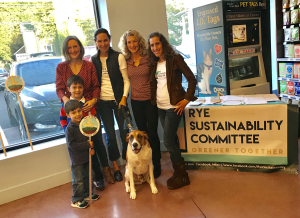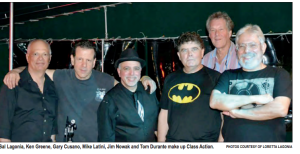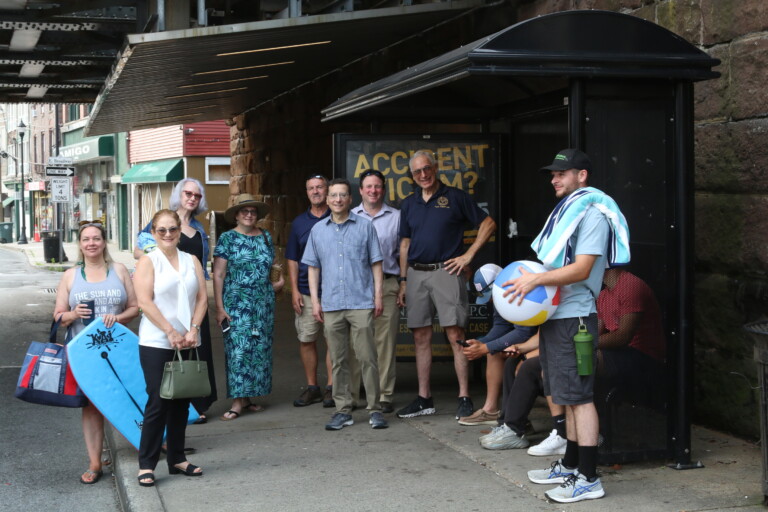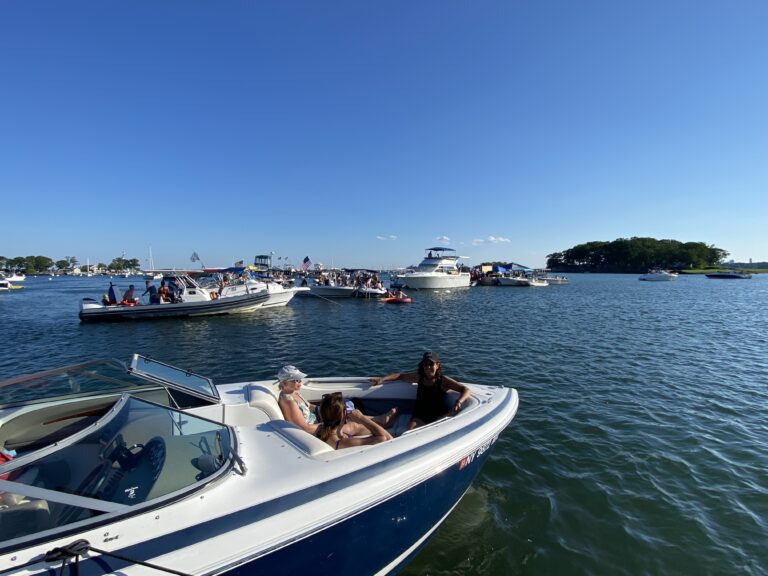Going Native: Trees for Shady Yards with Missy Fabel of Missy Fabel Ecological Landscape Design
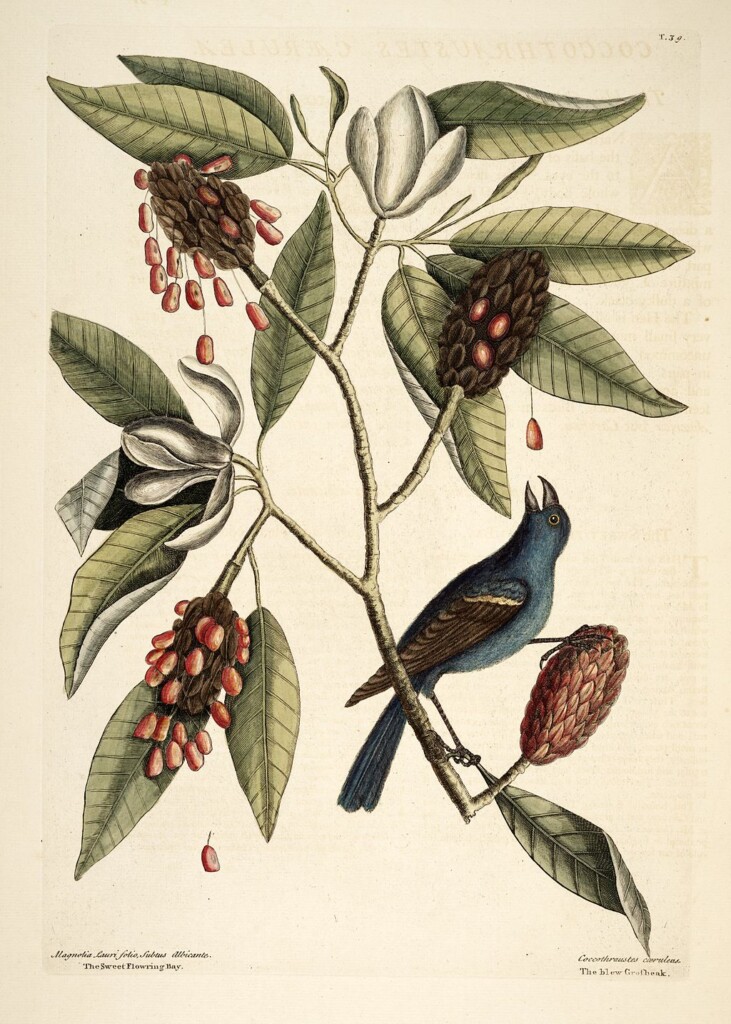
Going Native is our gardening series highlighting the contribution of native plants to building resilient landscapes. MyRye.com will introduce you to native plant experts that will tell you ways to get started with a small garden patch, a complete property or just a few garden containers.
Today we speak with Missy Fabel of Missy Fabel Ecological Landscape Design.
MyRye.com: What are good options for native trees for a shady front yard, where the tree species will top out at 50 feet or less at full maturity?

Fabel: Planting a tree is an investment in the future, thus it is important to choose the right tree for your yard that will also support a diversity of wildlife. When choosing trees, try to choose a variety of trees that will bloom from early spring into late fall for a consistent source of forage for insects and pollinators.
Trees that provide berries and nuts are important sources of food for all kinds of wildlife. The leaves of many trees also host insect larvae. Note: all young trees must be protected from deer browse and bark rub.
- Northern spicebush (Lindera benzoin). Host plant for the spicebush swallowtail. Berries in the fall are an important source of food for wildlife.
- American Hornbeam, Blue Beech, Water Beech, Musclewood, Ironwood (Carpinus caroliniana). Provides food and shelter, nesting, roosting for many different types of wildlife and is a host plant for many moths including the nut tree tussock moth.
- Sweetbay, Sweetbay Magnolia (Magnolia virginiana). Supports a variety of wildlife, including birds, butterflies and moths. Squirrels, other small mammals, song birds, wild turkeys, and bobwhite quail feed on the seeds. Sweetbay magnolia leaves are also used in nest construction by several bird species.
Also read: Going Native: Missy Fabel Ecological Landscape Design’s Missy Fabel and our Going Native series.

